Introduction to conflict situations in H4U activities
Conflict is a natural part of human interaction, particularly in activities such as Hiking for Understanding (H4U), which involve mixed groups with different perspectives, age groups, and competitive elements. Differences in expectations between younger and older participants or the competitive dynamics inherent in outdoor activities can sometimes escalate into disagreements (De Dreu & Gelfand, 2007). Conflicts during H4U might arise from generational misunderstandings, disagreements over strategies, or frustration due to the physical and mental demands of the activity. Proactively managing these conflicts ensures that activities remain enjoyable and inclusive for all participants.

Conflict management: definition, approach, and resolution
Conflict management refers to the strategies and practices used to handle disagreements constructively, ensuring they do not escalate and that they produce positive outcomes when possible (McCorkle & Reese, 2017). Conflict management does not aim to eliminate conflict entirely but to guide conflicting parties toward productive dialogue and solutions.
A key distinction within conflict management is between conflict resolution and conflict transformation.
- Conflict resolution seeks to end a specific disagreement, often focusing on immediate solutions that address both parties’ concerns.
- Conflict transformation, on the other hand, aims to change the underlying structures and relationships that caused the conflict, promoting long-term positive change (De Dreu & Gelfand, 2007).
Tips for conflict management in Hiking for Understanding (H4U) activities

Preparation and prevention: Set clear expectations before starting activities to prevent misunderstandings. Assign clear roles and responsibilities, and ensure everyone understands the goals.
De-escalation techniques: Encourage participants to take breaks when emotions run high. Physical fatigue can exacerbate conflicts, so short rest periods can be beneficial.
Third-party facilitation: Facilitators can play a neutral role, helping participants reflect on their feelings and mediate disagreements without taking sides (McCorkle & Reese, 2017).
Focus on inclusion: Encourage cross-generational empathy by framing disagreements as opportunities to learn from different perspectives.
Key skills for conflict management
Effective conflict management relies on several interpersonal skills:
1. Open communication: Promote honesty and transparency by encouraging participants to voice concerns directly and respectfully.
2. Active listening: Facilitators should model active listening by paraphrasing participants’ concerns to ensure they feel heard and understood (De Dreu & Gelfand, 2007).
3. Collaborative problem solving: Involve both parties in generating solutions to promote shared ownership of the outcome.
4. Win-win solutions: Seek outcomes that satisfy the needs of all parties to ensure conflicts are resolved sustainably.
5. Empathy and emotional regulation: Encourage participants to reflect on their emotional responses and understand the emotions of others.

Application of conflict management concepts in H4U activities
Consider a scenario where younger participants want to pursue a challenging hiking route, while older participants prefer a safer, less strenuous path. The facilitator can apply conflict management skills by:
Listening to both groups’ concerns without judgment.
Encouraging dialogue about their motivations, helping them understand each other’s perspectives.
Facilitating a compromise by suggesting a middle-ground route that provides both challenge and safety.
Reflecting on the experience afterward, discussing how the group navigated the disagreement and what they learned.
